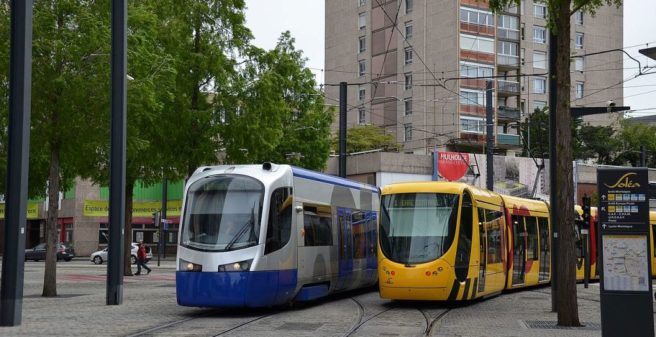
The example of the French Mulhouse – Thann tram-train system shows that an attractive public transport service can also be successful in less densely populated areas. The line starts as a tramway on the station forecourt in Mulhouse and serves the 10 stations of the city centre over 7 km in 20 minutes together with tram line 3 that ends in Lutterbach. It then joins the single-track railway line branching off from the main line Mulhouse – Strasbourg to Thann and Kruth.
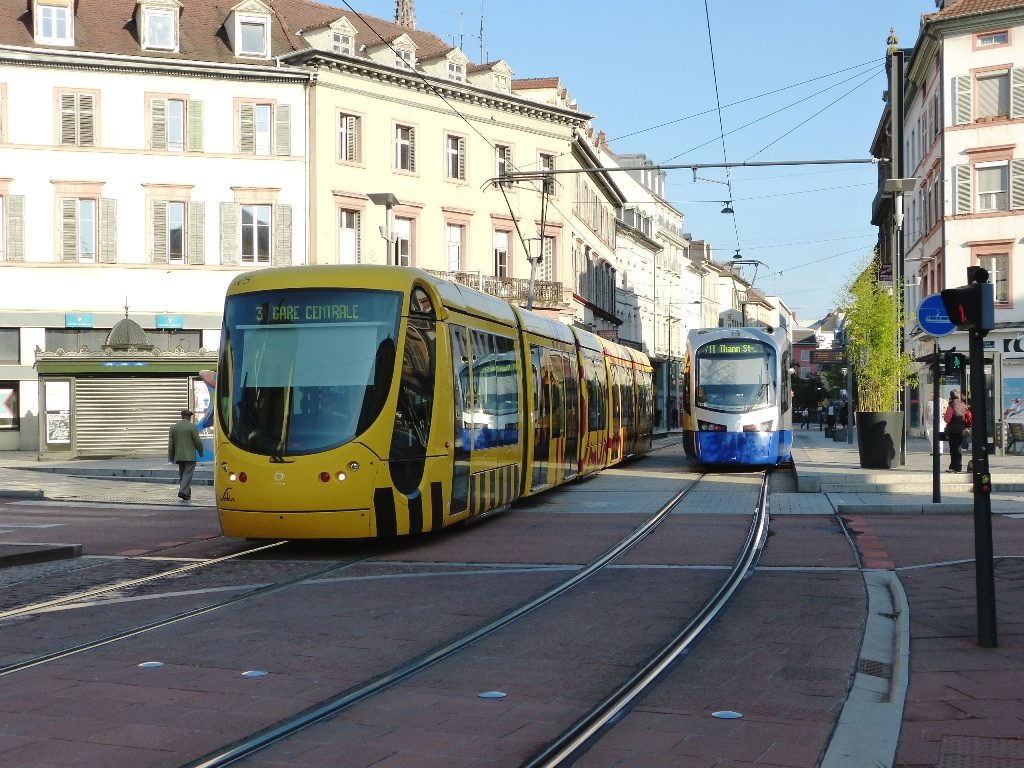
The tram-train connects Mulhouse (approx. 110,000 inhabitants) from Lutterbach in 26 minutes over another 16 km with 7 stations via Cernay (11,000 inhabitants) with Thann (8,000 inhabitants). On weekdays, it runs continuously every half hour with a journey time of 46 minutes. At peak times, hourly TER regional trains run in 32 minutes from Mulhouse station to Thann and then a further 18 km on to Kruth (1,000 inhabitants). At off-peak times, Thann is connected to Kruth by bus. The advantages of direct public transport outweigh those of the theoretically shorter journey time of 29 minutes by car. For comparison, it should be mentioned that the first German tram-train line connects Karlsruhe (307 000 inhabitants) with Bretten (30 000 inhabitants).
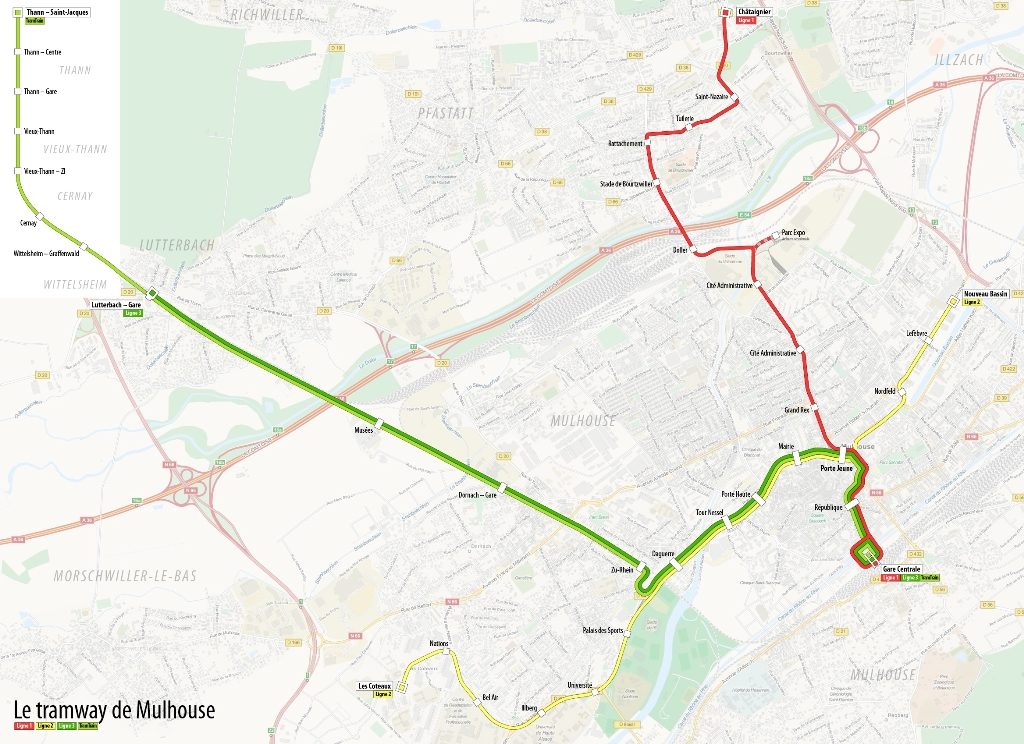
While the usage of the existing TER trains Mulhouse – Kruth has remained practically unchanged, with around 1,800 daily users, the approximately 5,300 additional passengers on the Mulhouse – Thann section have quadrupled the usage of public transport. Economic and other activities are developing around the line, which has led to the demand for a new stop in the industrial area of Cernay. Thanks to the tram-train, there was no need to extend the parallel main road for car traffic.
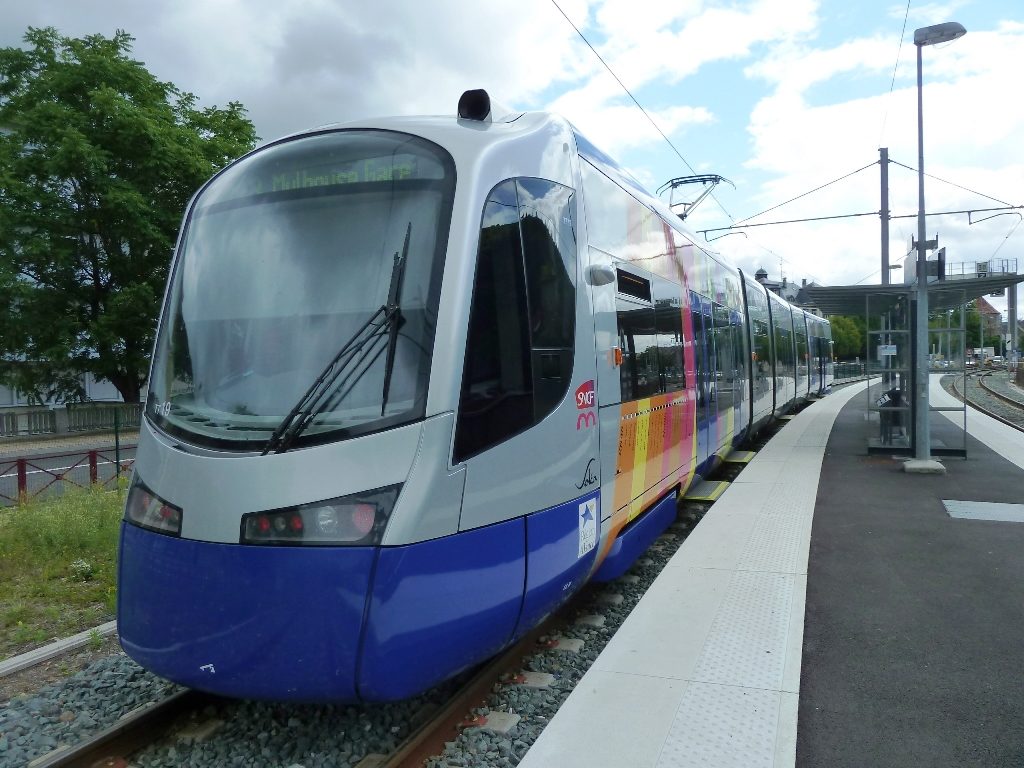
The single-track line with trains of the two operators Soléa and SNCF, is especially sensitive to delays and breakdowns, compromising punctuality and reliability. The original coordination problems are said to have been solved in the meantime. However, passengers stillbcomplain about punctuality and often very long transfer times between the tram-train and the onward trains from Thann to Kruth. Residents of Kruth note that they are worse served than before the introduction of the tram-train.
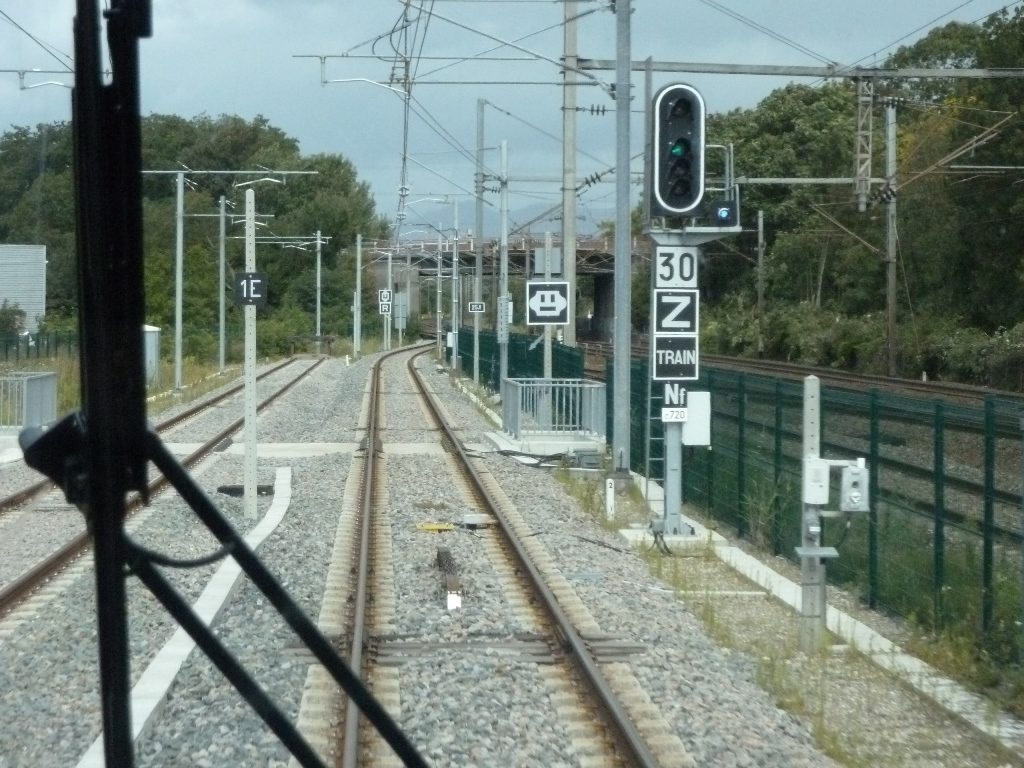
The city line in Mulhouse is equipped with 750V direct current and the priority road crossing system for trams common in France, while the common line up to Thann, where electrification ends is fed with 25 kV 50 Hz. From Lutterbach to Kruth, modern signalling type BAPR (block automatique à permissivité restreinte, automatic block with restricted permission) is used with a computer station (PIPC) installed in Thann, with the old “Crocodile” system also installed.
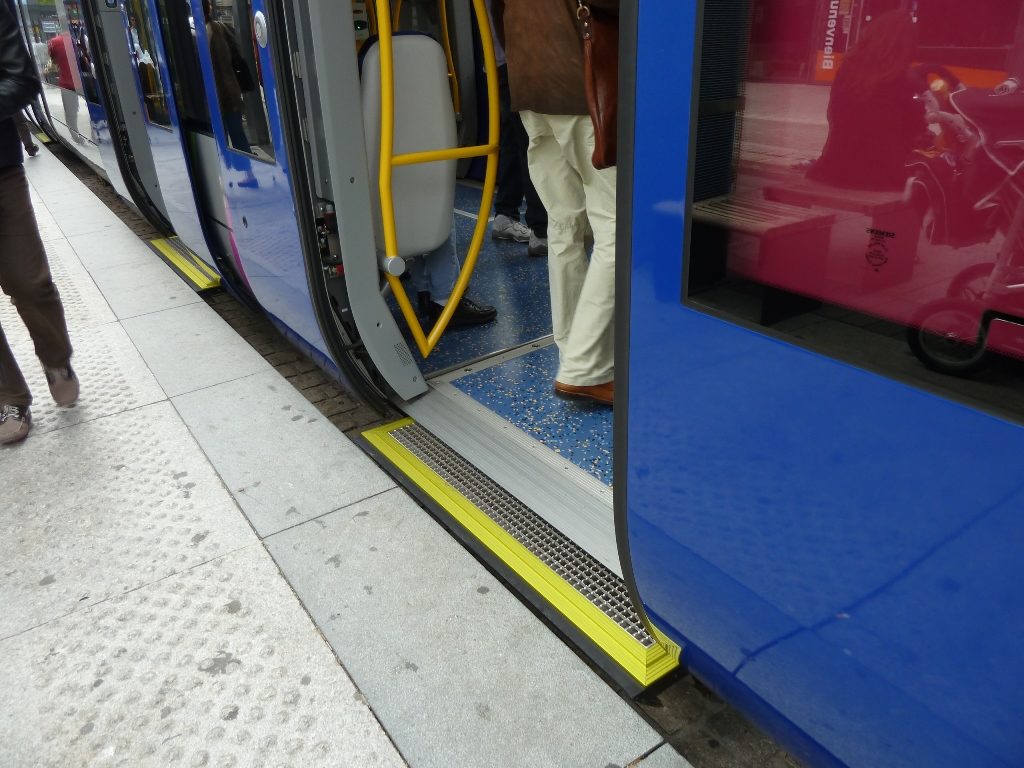
The three lines of the Mulhouse municipal tramway are operated by Alstom Citadis 302 vehicles of 32 m length and 64 seats. The TER trains of the SNCF are 29 m long single-section low-floor De Dietrich/Alstom diesel railcars with 550 mm entrance height of type X73500 with 61 seats and 17 folding seats, while the 12 vehicles of the tram-train are Siemens Avanto S70 trains, such as also used by SNCF as U25500 on the Paris line T4, as well as in the USA.
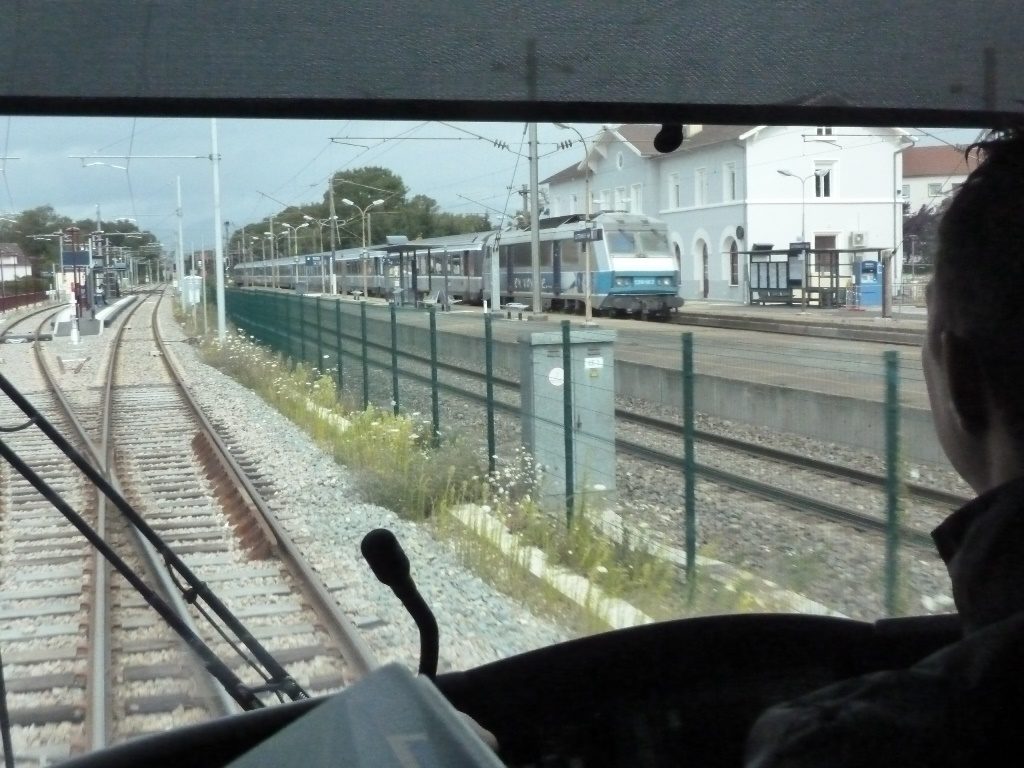
d
v
24.02.2021


Dear reader, please note that the concept of “Regionalstadtbahn” or “Tram-train” was not invented in 2017 by “StreetsBlog” but in the 1980’s in Karlsruhe, Germany, and successfully introduced with a first line to Bretten from 1987 onwards and then spread around Karlsruhe, and slowly in other cities like Chemnitz, Mulhouse, Paris, Alicante, Saarbrücken, …
[…] Some European cities have addressed these incompatibilities between commuter rail and light rail by purchasing dual-mode rolling stock known as “tram-trains.” The idea of running customized Muni Metro cars on Caltrain track was first suggested on StreetsBlog in 2017, and several cities in Europe have already built such dual-mode systems. […]